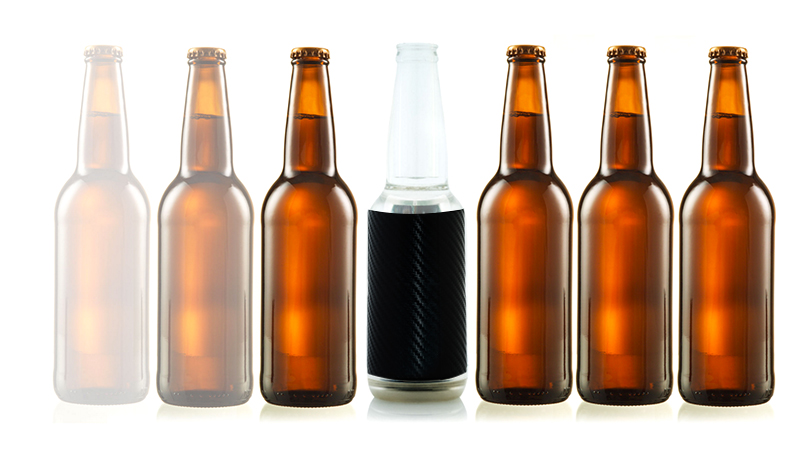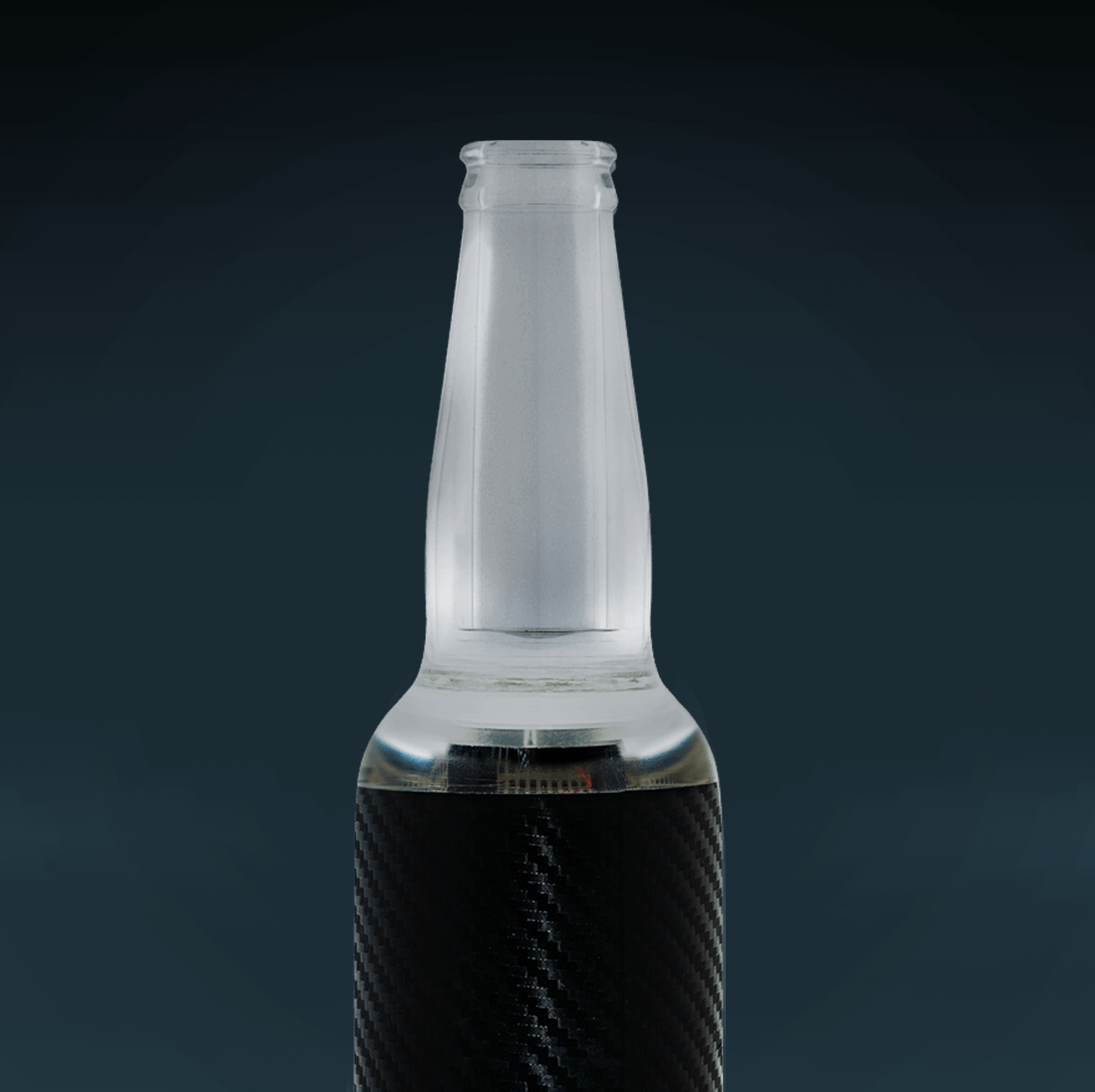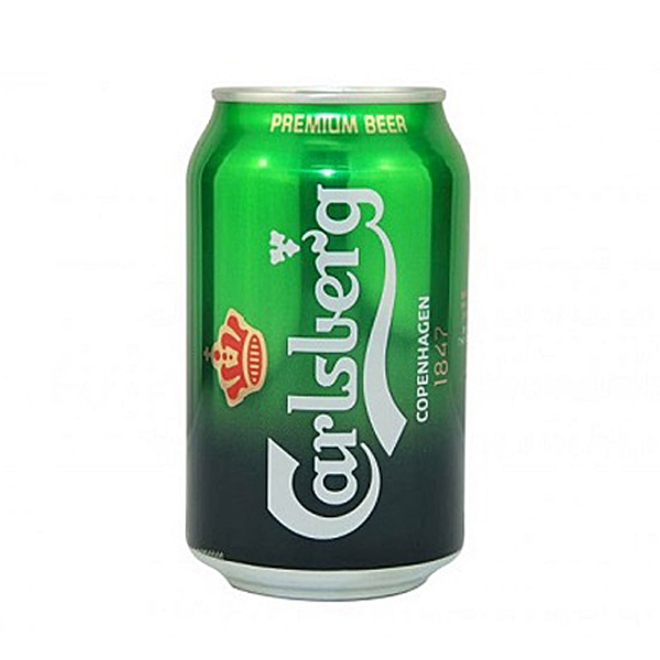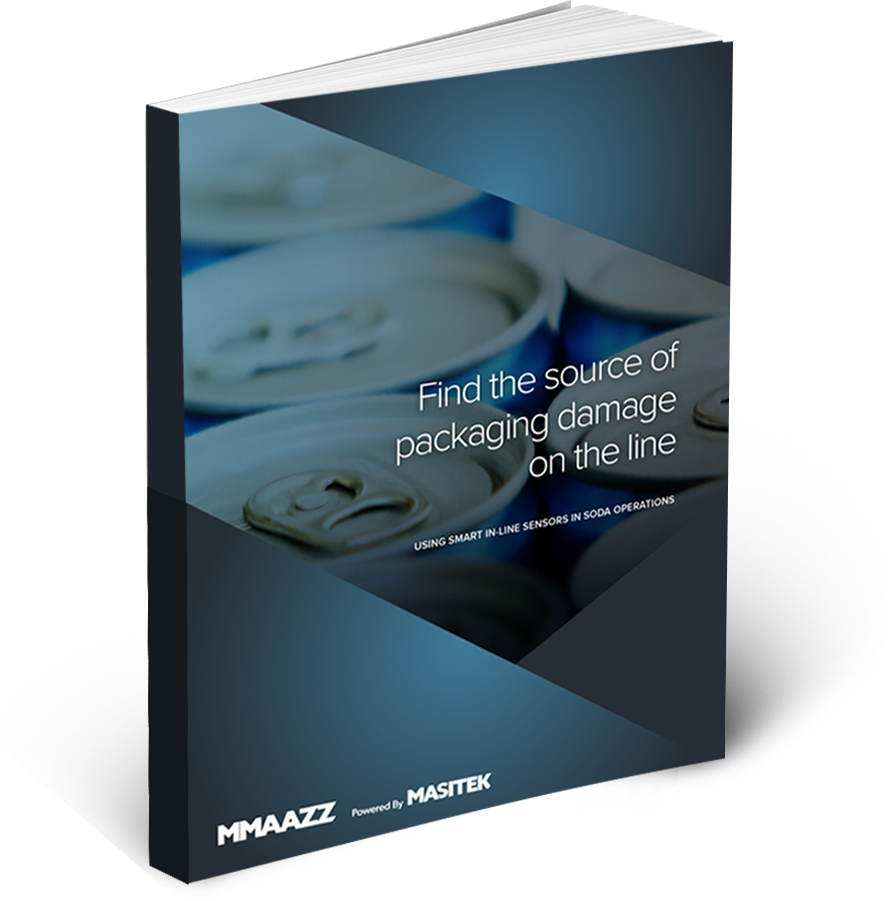Bottle scuffing reduces the number of filling cycles of returnable glass.
VWhite wear on a bottle, known as scuffing, is an undesirable blemish and a major factor when processing returnable glass containers.
The market for returnable glass packaging is increasing yearly for both its environmental sustainability and cost advantages. Returnable glass makes financial sense when it can be reused several times, typically 10 to 16 filling cycles. Unfortunately, the white marks known as scuffing affect the marketability of the product and result in a drastic reduction in the number of times that a container can be reused.
Longer Returnable Bottle Lifespan
The surface of glass bottles is mechanically and chemically damaged when passing through bottling lines. For one-way, or non-returnable glass, the effects of this damage may not necessarily be a problem unless it is causing breakage. For returnable glass however, this damage is repeated at each filling (and return cleaning) cycle. The result is unsightly scuffing and a drastic reduction in the number of refills that can be expected from a given container.
It has been proven that a reduction of the scuffing that a bottle suffers through the filling line results in an increase of the life of the bottle. This can represent an enormous cost savings to the operator.

Reduce Underlying Causes of Scuff
• Mechanical forces such as pressure, friction and spin through the filling line
• Glass to glass contact during transport on bottle conveyors.
• Chemical attack during the washing process.
• Glass to glass contact during shipment
As the bottle surface becomes damaged and weakened, it is more sensitive to mechanical stress.

In-Line Sensors for Scuff
Case Study
Carlsberg uses smart sensors globally to pinpoint breakage.

Industries
Containers
Find the source
of packaging damage
on the line.





